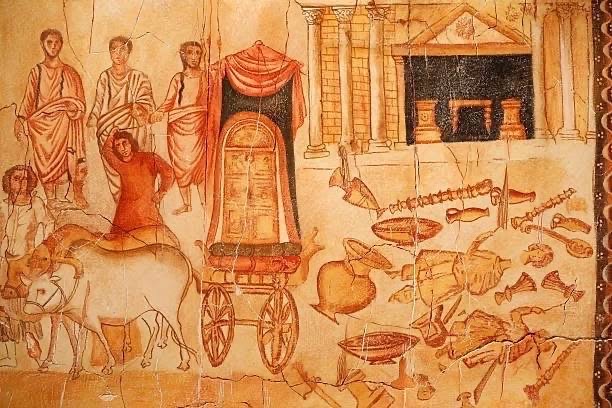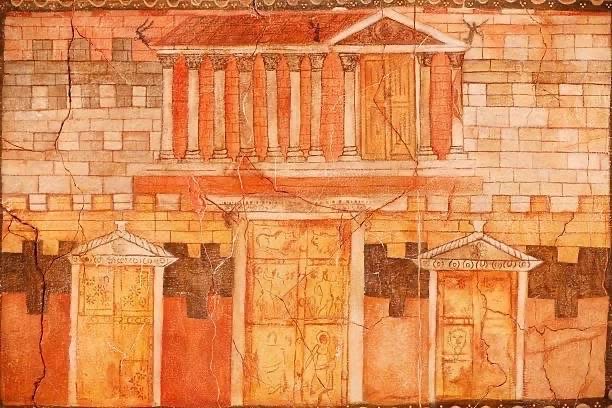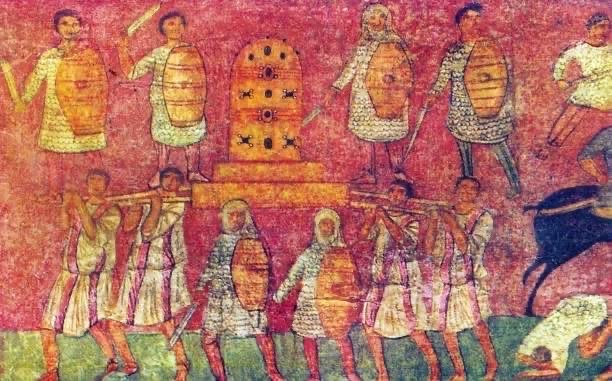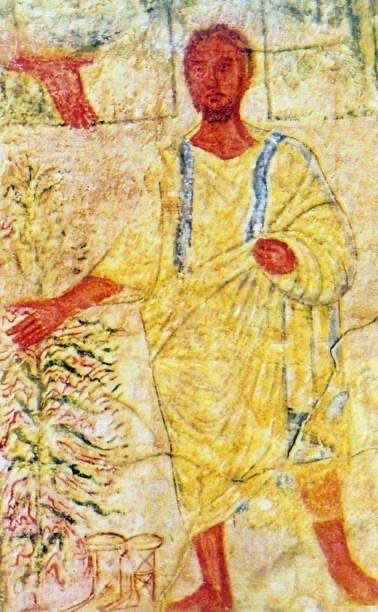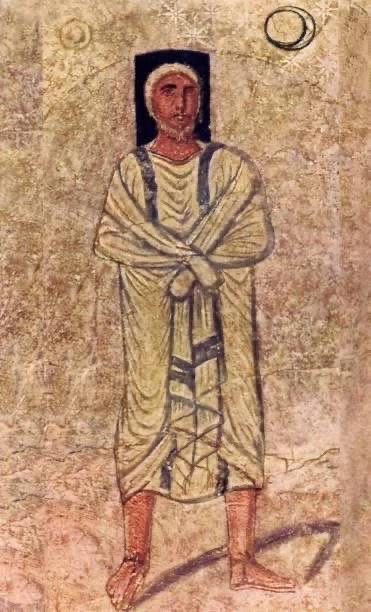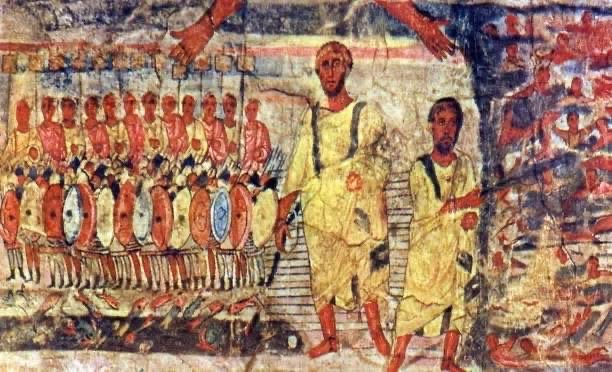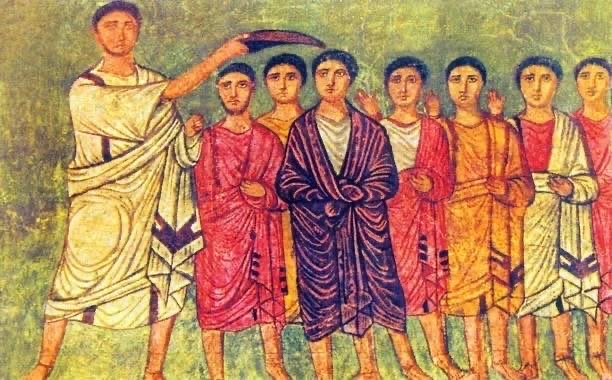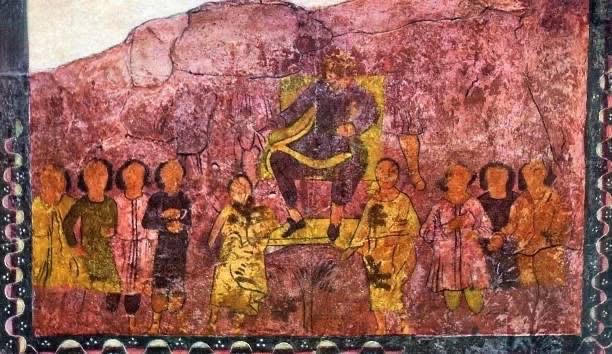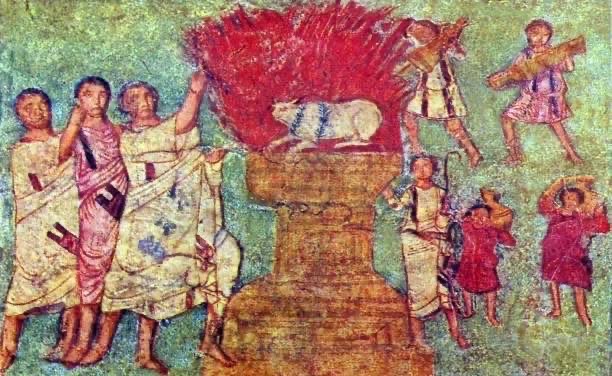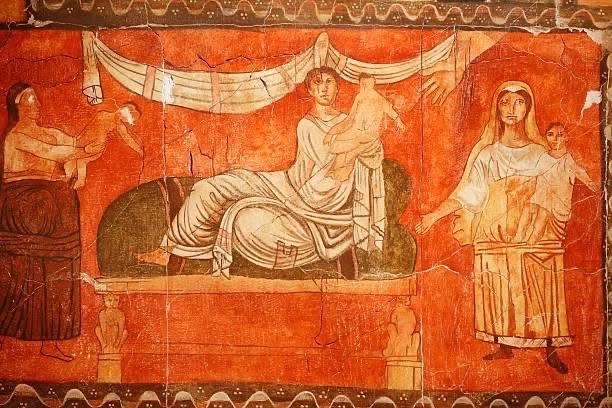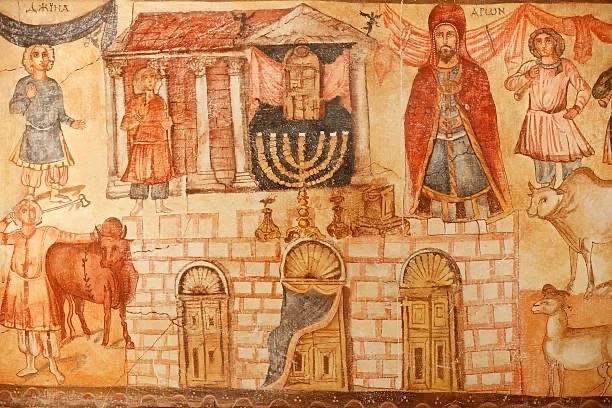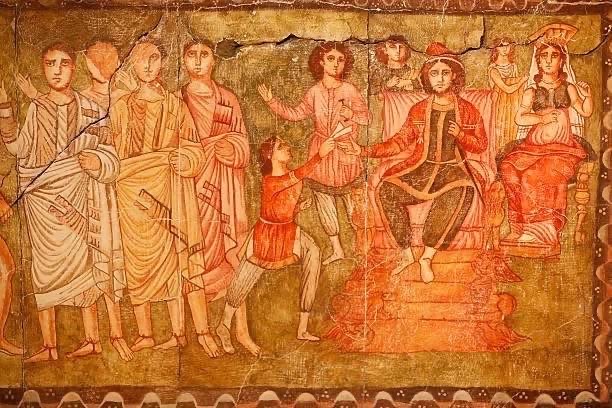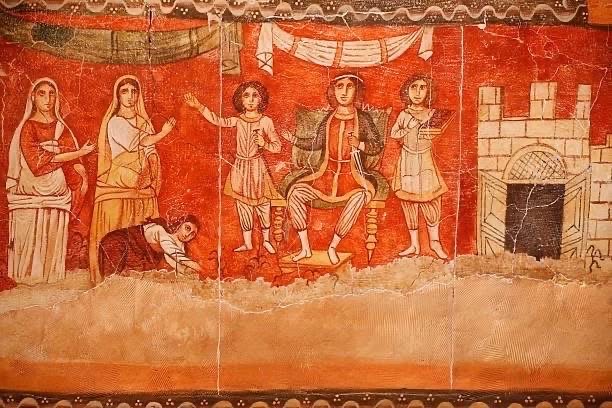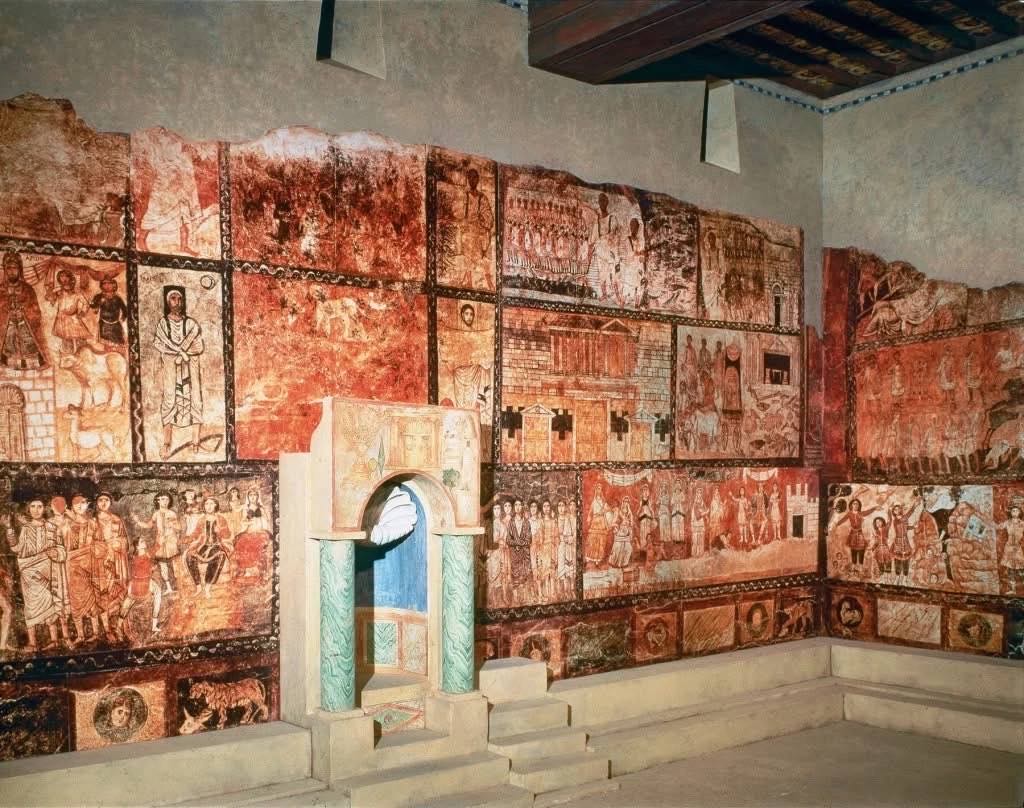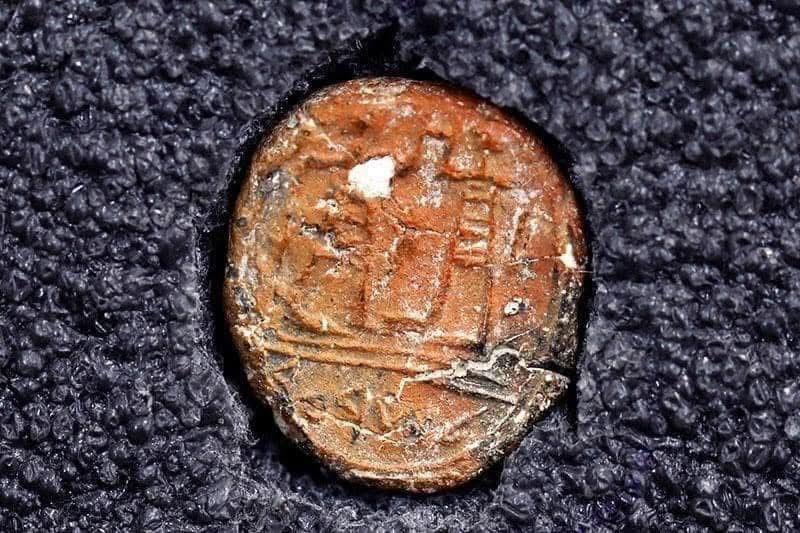The frescoes of the Dura-Europos synagogue in Syria represent one of the rarest examples of a human being depicted in a Jewish synagogue: in this case, the famous story of Moses.
The last stage of the synagogue’s construction is dated by an Aramaic inscription from 244 AD, just a few years before the Persians destroyed the city, making it one of the oldest synagogues in the world. It is a unique case among many ancient synagogues, as its structure is virtually intact and had extensive figurative wall paintings, a notable surprise for scholars given the well-known Jewish opposition to the depiction of God.
Dura Europos was a small fortified trading town on the Euphrates River, usually located on the border between the eastern Roman Empire and various incarnations of the Persian Empire. Before the final destruction of the city by the Persians in 256-257 CE, parts of the synagogue adjacent to the main city walls were apparently requisitioned and covered with sand as a defensive measure.
